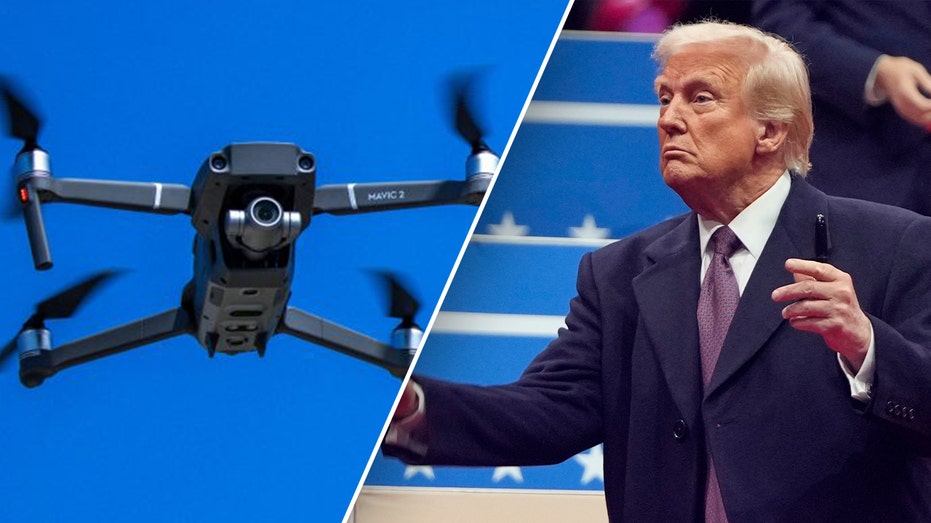Trump Signs Executive Orders to Accelerate Flying Car Development and Reduce Flight Times
President Trump signs executive orders to accelerate drone tech, supersonic travel, and airspace security amid upcoming global events.

President Donald Trump took significant steps on Friday to advance U.S. leadership in aerospace technology, signing three executive orders aimed at both strengthening national security and fueling innovation in the rapidly evolving fields of drone development and supersonic flight. The new directives, described by administration officials as “critical to American safety and security,” come at a pivotal moment as the nation prepares to host major international events such as the World Cup and the Olympics.
The executive orders target multiple concerns facing the nation’s airspace. They aim to streamline regulations that White House officials argue have slowed progress and investment in commercial drones and next-generation aviation. “Flying cars are not just for the Jetsons,” said Michael Kratsios, a chief White House tech adviser, underscoring the administration’s belief in the transformative potential of drones and advanced aircraft to create high-skilled jobs and benefit sectors ranging from agriculture to national infrastructure.
In addition to cutting through bureaucratic hurdles, the orders include specific measures to bolster the sovereignty and safety of American airspace. With an eye on security threats posed by both criminal misuse and potential terror-related incidents, the directives seek to increase penalties for illegal drone operations and reduce vulnerabilities around sensitive locations such as military bases, critical infrastructure, and venues hosting mass gatherings.
Sebastian Gorka, Senior Director of Counterterrorism during President Trump’s administration, highlighted the urgency of these actions, referencing public outcry following high-profile security breaches. “For far too many years we have not had a requisite, necessary federal response – not only to the dominance of non-U.S. platforms in this field but also protecting sensitive sites and mass events,” he said, emphasizing the need for robust federal enforcement to keep up with technological advances and external threats.
The executive orders also pave the way for routine beyond visual line of sight commercial operations, allowing expanded use of drone technology for deliveries, infrastructure inspection, and emergency services—capabilities expected to play a crucial role in responding to natural disasters and large-scale emergencies. Officials stress that new guidelines will help secure critical infrastructure, including sporting venues set to welcome international crowds in the coming years.
Another major goal of the orders is to reduce reliance on foreign technology in America’s aviation sector, safeguarding against supply chain vulnerabilities exposed by global competition. By prioritizing domestic research and manufacturing, the administration hopes to ensure that America maintains its edge in aerospace innovation.
“These executive orders will accelerate American innovation in drones, flying cars and supersonic aircraft and chart the future of America's skies for years to come,” Kratsios concluded. As the United States looks to maintain its competitive advantage and secure its airspace amid rising global challenges, the administration asserts that these moves will give American companies and workers new opportunities in a sector vital to the nation’s economic and physical security.




